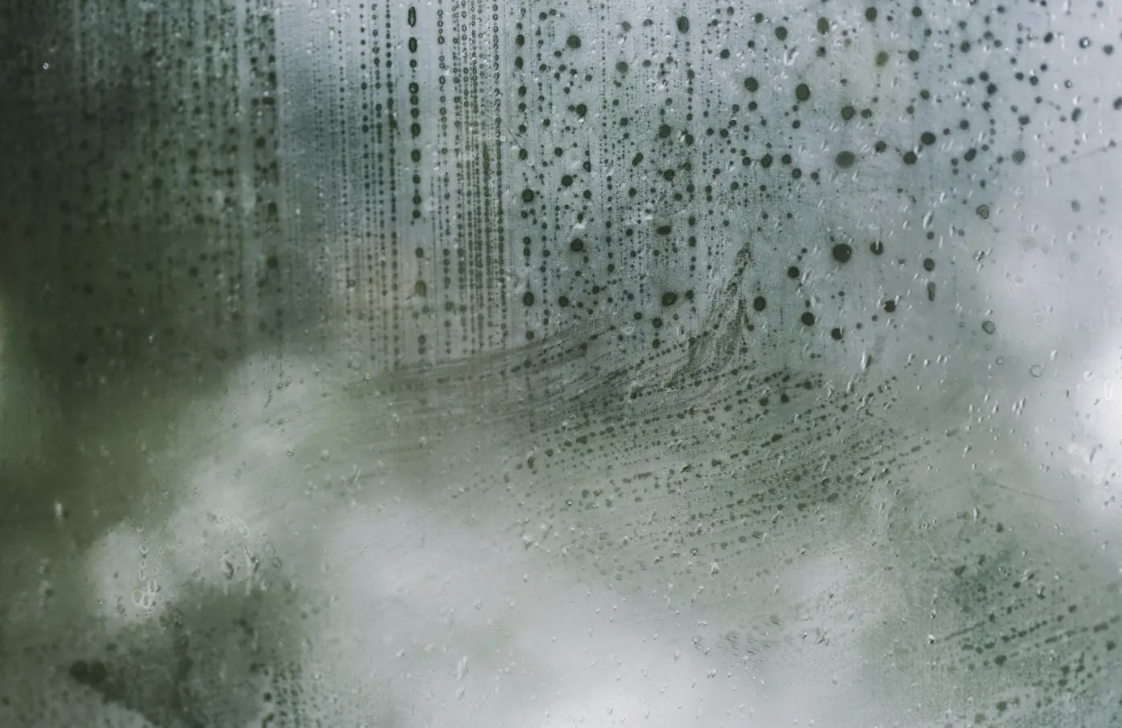Damp & Mould – Then vs Now


Posted On:
30th October 2024
Modern building techniques have drastically improved the way our homes are heated and insulated – but have also created a new breeding ground for damp and mould.
Research suggests that a third of the UK population (29%, 15.4 million people) experiences mould in their homes frequently or occasionally.[1]
Damp and mould in the home can produce allergens, irritants, mould spores and other toxins that are harmful to health. Even if visible mould is not present, dampness alone can increase the risk of health problems by promoting the growth of microorganisms such as mould and other fungi, certain species of house dust mites, bacteria or viruses. The more serious the damp and mould problem and the longer it is left untreated, the worse the health impacts and risks are likely to be.
And while modern homes are likely to have better heating, the result is new challenges when it comes to tackling damp and mould.
As part of the UK’s first ever Damp & Mould Action and Awareness Week, experts at home life safety specialists Aico, look at the different issues affecting modern housing, compared to homes from 50 years ago.
Sam Collier, Head of Market Intelligence at Aico’s HomeLINK team, said: “Damp and mould issues persist in homes today. This is especially true of older homes, but is not restricted to them.
“In the 1970s, homes were cold and draughty, allowing moisture to escape but causing condensation in cold areas. Today, homes are better insulated and heated, but often trap moisture due to poor ventilation, leading to new damp and mould challenges.
“This can be exacerbated by the way we live today. Often, there are more people living in a single home. Coupled with the increased use of moisture-generating appliances like washing machines, tumble dryers, and dishwashers, more people drying clothes indoors, and people spending more time indoors, this can create prime conditions for mould to grow.”
| 1970s | 2020s | |
| Typical home structure | Homes built before the 1970s were constructed with porous materials like brick and plaster, which allow some moisture absorption. Windows were often single-glazed, and insulation was minimal.
Homes relied on natural ventilation from gaps around doors and windows, which unintentionally helped air circulation but also let cold drafts in. |
Many homes from the 1970s or earlier still exist today, but they’ve been updated with modern amenities. Common changes include double-glazed windows, improved insulation, and new roofing materials.
While these updates improve energy efficiency, they can also trap moisture inside, increasing the risk of damp if ventilation isn’t sufficient. |
| Heating and damp control | Basic central heating with radiators in a few rooms, while fireplaces were common. Many homes were heated inconsistently, with cold spots in unused rooms.
Uneven heating often led to condensation on cold surfaces like windows and walls, which created ideal conditions for damp and mould. |
Modern central heating systems evenly distribute warmth throughout the house.
Better insulation and heating can create unintended consequences, such as sealed homes retaining more humidity, especially if there’s poor ventilation, or issues with intermittent heating patterns. |
| Ventilation | Ventilation was unintentional, coming from cracks and gaps around doors, windows, and chimneys. This allowed homes to ‘breathe’, meaning moisture from inside could escape, but it also let in cold air, which worsened condensation in colder months. | Homes are much more airtight, with fewer drafts and gaps. While this prevents heat loss, it also reduces natural ventilation. If modern ventilation systems like extractor fans or trickle vents are not used properly, moisture can build up indoors, leading to damp conditions. |
| Typical causes of damp and mould | Damp and mould were typically caused by condensation from cold, uninsulated surfaces and poorly fitted windows.
Other common causes included rising damp from poor foundations or moisture entering through cracked roofs and chimneys. Bathrooms and kitchens, with poor ventilation, often experienced mould growth due to trapped humidity. |
Condensation remains the leading cause of damp in many homes. Warm air meeting cold surfaces (such as windows) leads to moisture forming.
Other causes include inadequate ventilation in humid areas like kitchens and bathrooms, and water ingress from poorly maintained gutters or blocked drainage systems. Modern appliances like tumble dryers and washing machines also contribute to higher humidity levels inside homes, leading to more frequent damp problems. |
[1] https://www.endfuelpoverty.org.uk/households-at-risk-from-mould-in-cold-damp-homes-crisis/


